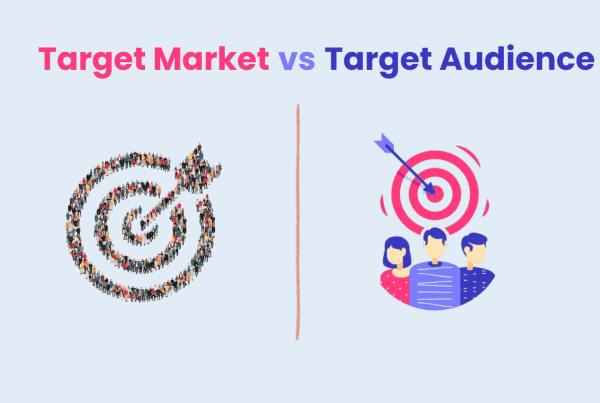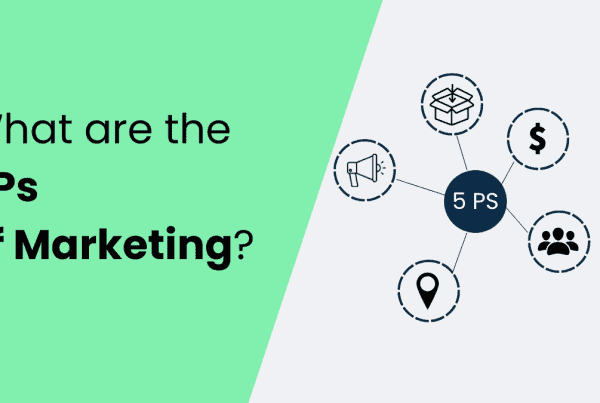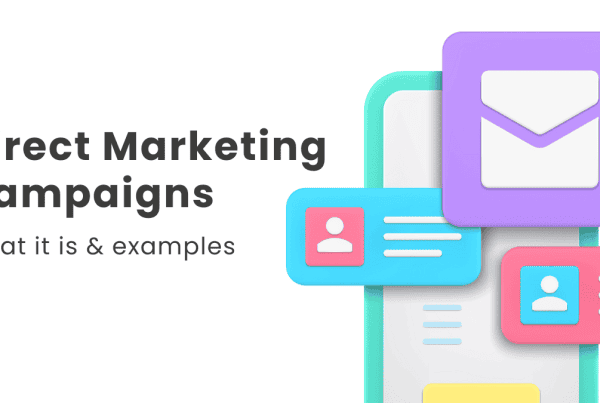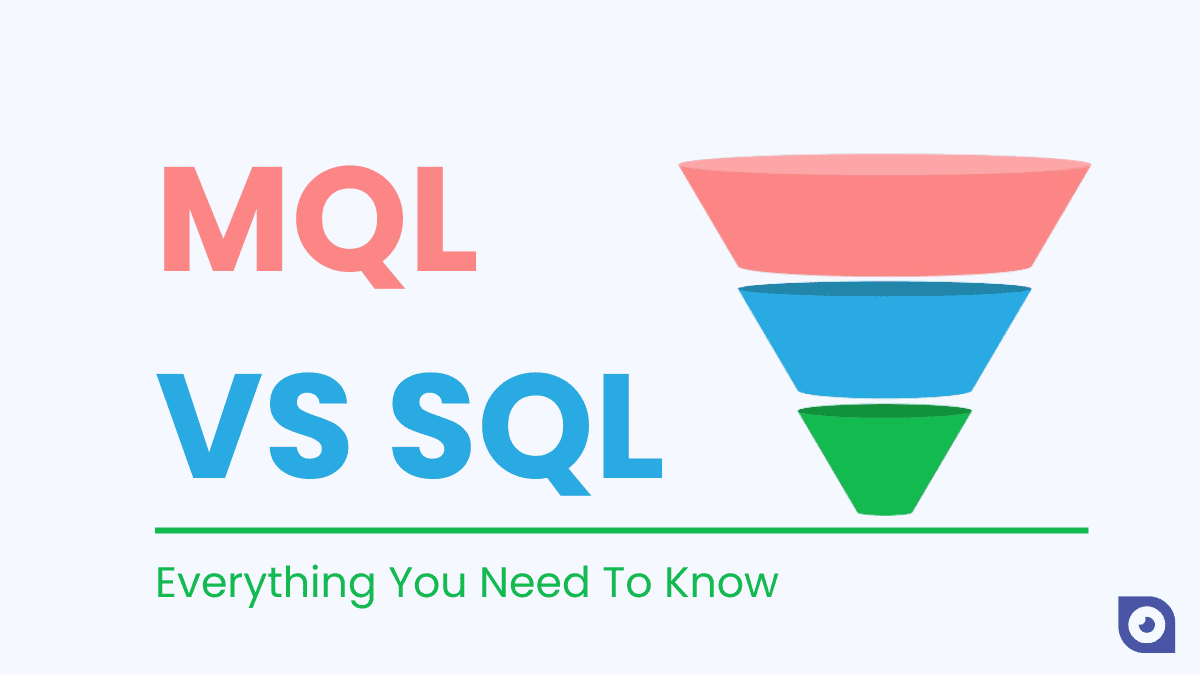
The importance of quality website traffic cannot be overstated, it’s the lifeblood of your online presence and a key indicator of your business’s health. But not all traffic is created equal. To truly leverage the power of your online presence, it’s crucial to understand the difference between MQL vs SQL.
Understanding the difference between MQL vs SQL is considered the first step in ensuring you’re attracting the right kind of traffic to your website.
In this article, we’ll learn the difference between MQL vs SQL and we will also delve deeper into how to identify and nurture these leads, ensuring your marketing and sales efforts are as effective as possible. Stay tuned!
What is MQL (marketing qualified lead)?
A marketing qualified lead (MQL) is someone who visits your website and looks like they might buy your product in the future. They fit the profile of your ideal customer but aren’t quite ready to make a purchase.
They might still be in the early stages of deciding what to buy. They could be in the right industry and have the power to make buying decisions, but they might not have the budget or a realistic idea of the investment yet.
In short, an MQL is a potential customer who fits your target audience but isn’t ready to buy just yet.
To understand it better let’s take an example:
Let’s say you run a software company that sells project management tools. One visitor, Sarah downloads a few of your eBooks on project management best practices and signs up for your newsletter. Based on her actions and the information she provided, your marketing team determines that she fits your buyer persona: a project manager in the tech industry who is looking for ways to improve team productivity.
However, Sarah isn’t ready to buy your software just yet. She might still be researching different options, or her company might not have allocated a budget for new tools. Additionally, she might need to get approval from her higher-ups before making a purchase.
In this case, Sarah is a marketing-qualified lead (MQL). She fits the profile of someone who would benefit from your product, but she isn’t quite ready to make a purchase. Your marketing team will continue to nurture her interest until she’s ready to become a sales-qualified lead (SQL) and talk to your sales team.
What is a SQL (sales-qualified lead)?
A sales-qualified lead (SQL) is someone your sales team thinks is ready to buy. They are about to finish their research and are about to make a decision, so they will benefit from sales-related information and help.
Usually, an SQL is identified after a first call with your sales team, where they check how interested and motivated the person is to buy your product and their timeline to move forward. In short, an SQL is a potential customer who wants to buy and is seriously considering your company for their purchase.
Continuing the example of Sarah, who was identified as a marketing qualified lead (MQL):
After downloading your eBooks and subscribing to your newsletter, Sarah continues to engage with your content for a few days. She also attends a webinar hosted by your company and starts a free trial of your project management software. Given her increased activity and interest, your marketing team decides she’s ready to be passed to the sales team.
One of your sales representatives, John, reaches out to Sarah for an initial call. During the call, John learns that Sarah is actively looking for a new project management tool because her current one isn’t meeting her team’s needs. She has the budget for the new tool and has the authority to make the purchase decision. She also mentioned that her team needs to implement a new solution within the next two months.
Based on this conversation, John determines that Sarah is a sales-qualified lead (SQL). She has a clear intent to buy, a budget, and a timeline, and she is seriously considering your software as a solution. Now, John can provide Sarah with more detailed information about the pricing, features, and benefits of your software, and offer support to help her finalize her decision.
The main difference between MQL vs SQL is their intent to buy. While other factors can influence whether a lead is considered ready for marketing or sales, the key indicator is their buying intent, so before knowing the difference let’s take a closer look at the buying intent.
MQL vs SQL: Importance of Understanding Buying Intent
Buying intent means how likely someone is to buy your product. It shows how interested they are in making a purchase. For example, if someone visits your website and looks at your product pages, downloads guides, or signs up for a demo, they are showing signs of buying intent. The more actions they take that show interest in your product, the higher their buying intent. This helps you know which visitors might become customers and when they might be ready to buy.
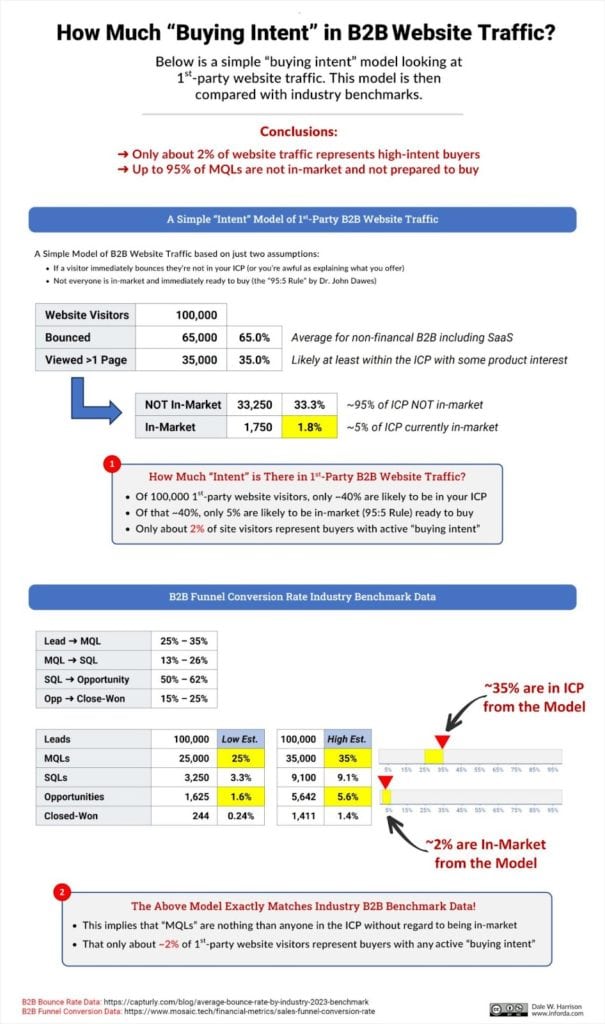
A B2B stark illustration of buying intent among B2B website visitors based on Bounce Rate Data (capturly.com) and B2B funnel conversion Data (mosaic.tech) offers a stark illustration of buying intent among B2B website visitors. It states that only about 2% of third-party B2B website traffic represents high-intent buyers. These are the visitors who are ready to make a purchase decision and are actively seeking out your products or services.
On the other hand, a staggering 95% of visitors need to be market-ready or inclined to buy. These visitors might be in the early stages of the buyer’s journey, still gathering information and comparing options. They’re not yet ready to make a purchase, but that doesn’t mean they won’t be in the future.
This breakdown underscores the importance of not only attracting traffic to your website but also understanding the buying intent of that traffic.
By identifying high-intent buyers, you can focus your sales efforts where they’re most likely to pay off. And by nurturing those not yet ready to buy, you can guide them along the buyer’s journey, turning window shoppers into loyal customers. In the following sections, we’ll explore strategies for doing just that.
Buying intent also helps in identifying and transitioning leads through the sales process. Here is how:
- Identifying MQLs through Buying Intent: When a visitor shows interest in your content by downloading eBooks, signing up for newsletters, or attending webinars, this indicates early buying intent. These actions suggest that the visitor fits your target audience and is interested in learning more about your product or industry.
- Transitioning MQLs to SQLs Based on Buying Intent: As MQLs engage more with your content and demonstrate higher buying intent—such as starting a free trial, requesting a demo, or interacting with your sales team—they move closer to making a purchase decision.
- Leveraging Buying Intent for Sales and Marketing Alignment: By monitoring and analyzing buying intent signals, both marketing and sales teams can better understand where leads are in the buying journey. This ensures that MQLs are nurtured appropriately and passed to the sales team at the same time as SQLs.
MQL vs SQL Difference
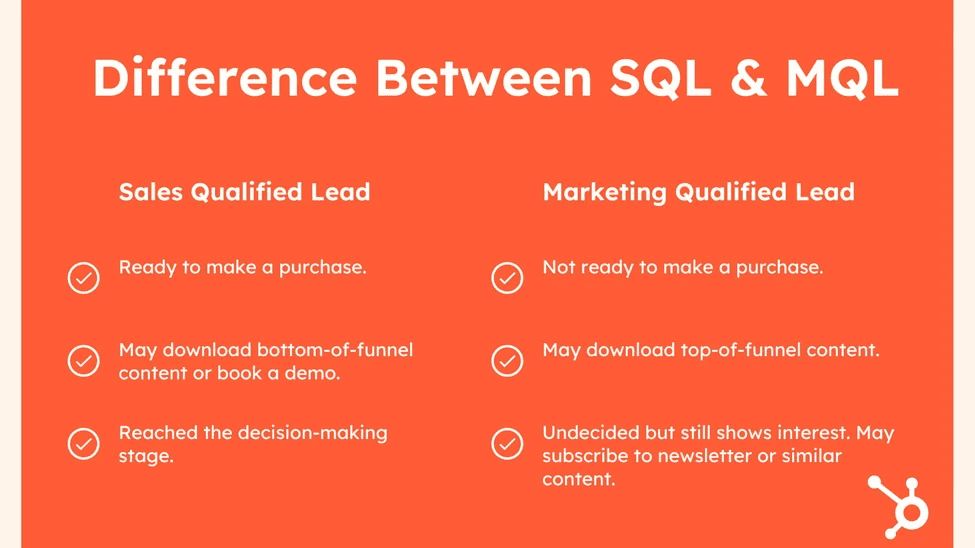
The main difference between MQL vs SQL is their intent to buy. If a lead shows clear signs of wanting to buy, it’s time to pass them on to the sales team. This ensures they get the support they need to make a decision. Since MQLs and SQLs can vary by industry and company, here are some examples to clarify:
First-Time Site Visitor vs. Returning Visitor
- MQL: A first-time visitor to your website is likely an MQL. They’re beginning their research and gathering information to help them make a purchase decision later.
- SQL: A returning visitor, who frequently visits your site, browses key pages, and downloads detailed content, is likely an SQL. Their repeated visits indicate they’re ready to talk to your sales team.
Top of Funnel vs. Bottom of Funnel Content Offers
- MQL: An MQL downloads top-of-funnel content that provides general information. For example, if you sell cars, an MQL might download guides like “How to Know When To Buy A New Car” or “Safest SUV of 2023.” They’re researching and considering options but aren’t ready to buy yet.
- SQL: An SQL downloads bottom-of-funnel content focused on making a purchase. For the car example, an SQL might download guides like “How to Finance a New Car Purchase” or “5 Steps to Buy A New Car.” They’ve done their research, know what they want, and are ready to buy.
MQL vs SQL: Why Differentiation is Important?
Understanding the difference between an MQL vs SQL is crucial, but knowing why it’s important to categorize each lead correctly is even more vital.
Correctly identifying MQLs and SQLs helps you provide the right content and nurture each lead appropriately. For example, if a lead is ready to buy, they don’t need basic information about all your products. They need detailed information about their chosen product.
Similarly, if a lead is still learning about your product and its benefits, they aren’t ready for a sales call. Pushing them too soon can feel aggressive and waste your sales team’s time, as the lead isn’t ready to make a decision or get company approval yet.
Accurately categorizing leads as either MQLs or SQLs enhances your marketing and sales strategies. It streamlines the lead nurturing process, ensuring you deliver the right content at the right time. This approach increases the chances of conversion and prevents wasting time on irrelevant content or premature sales calls.
Proper lead qualification boosts the return on investment (ROI) of your marketing and sales efforts and supports overall business growth. Achieving this requires alignment between your sales and marketing teams. More on that next:
Nurturing MQLs into SQLs
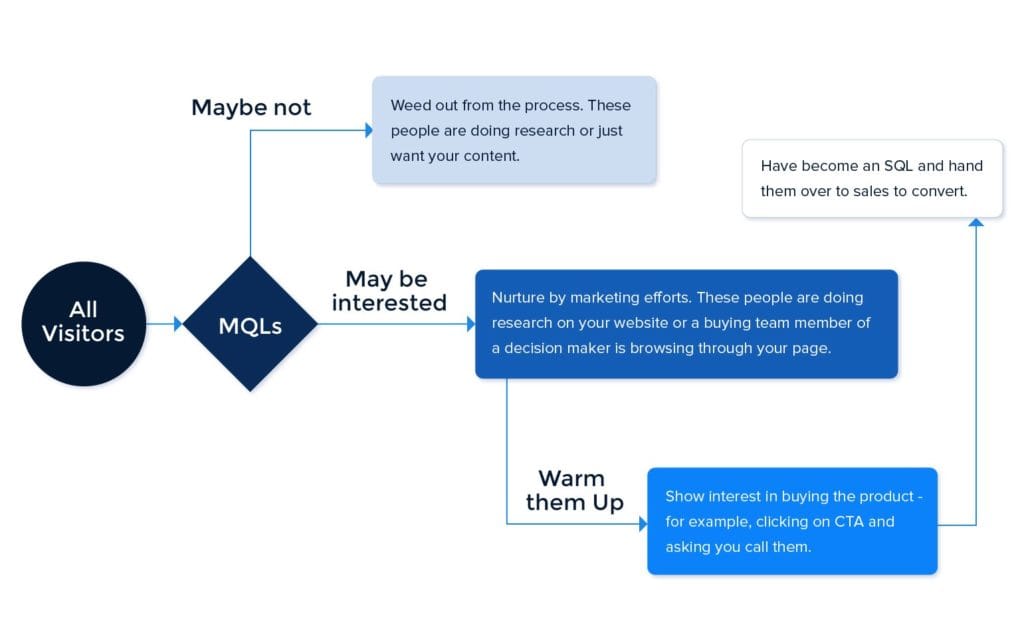
Research from Gartner reveals that only 21% of MQLs convert to SQLs. Improving this conversion rate requires strategic lead qualification, efficient routing, and consistent follow-through.
It is considered one of the trickiest parts of inbound marketing when an MQL becomes an SQL and moves to the sales team for qualification. To make this transition smoother, it’s important to ensure both the sales and marketing teams are on the same page.
Start by having clear definitions for what qualifies as an MQL and an SQL, and make sure everyone in both departments understands these definitions. Consistency is key for a successful handoff.
Here are five basic steps to guide you through the process:
- Lead Nurturing: After identifying an MQL, the marketing team should continue nurturing them through targeted email campaigns or other helpful outreach efforts.
- Qualifying Actions: The MQL should continue to take actions that show their interest, such as downloading more content or asking questions.
- Passing to Sales: Once the MQL shows enough interest to qualify as an SQL, the marketing team should pass all the relevant information to the sales team, ideally using a CRM system.
- Sales Reach Out: The sales team should then reach out to the lead within 24 hours to connect and further qualify them.
- Handling Rejections: If the lead isn’t quite ready during the qualification call, the marketing team should have steps in place to continue nurturing them until they are ready to become an SQL again.
Converting an MQL into an SQL is a significant leap. Surprisingly, studies show that 90% of MQL sales are never converted into SQLs because they were classified as SQLs too early in the buyer’s journey. By following these steps and ensuring everyone understands the definitions of MQLs and SQLs, the handoff process should become smoother. Regular meetings between sales and marketing teams can help identify any issues and find solutions to improve the process.
No Matter Your Industry, You Need MQLs and SQLs
Sometimes, we might think of leads as either “sales” or “marketing,” but it’s not that simple. Both MQLs and SQLs are important for any company’s sales process. While it’s true that sales teams usually handle SQLs and marketing teams handle MQLs, they work together.
Both types of leads are vital for your sales pipeline. Marketing nurtures MQLs, turning them into SQLs, who then become customers and advocates for your brand.
When marketing and sales teams collaborate on content and strategies, they help MQLs grow into SQLs, and ultimately, customers. This means all the effort you put into your marketing and sales plans pays off by helping you close more deals and expand your business.
Conclusion
While increasing website traffic is an important goal, it’s the quality of that traffic that truly matters. Balancing quantity with quality in lead generation efforts is key. High-quality leads are those that are more likely to convert into customers, making them more valuable to your business.
The process of categorizing MQL vs SQL mentioned earlier helps you figure out how ready a lead is to talk. If your company isn’t using this method yet, you can start to have more effective sales conversations and increase your sales.

